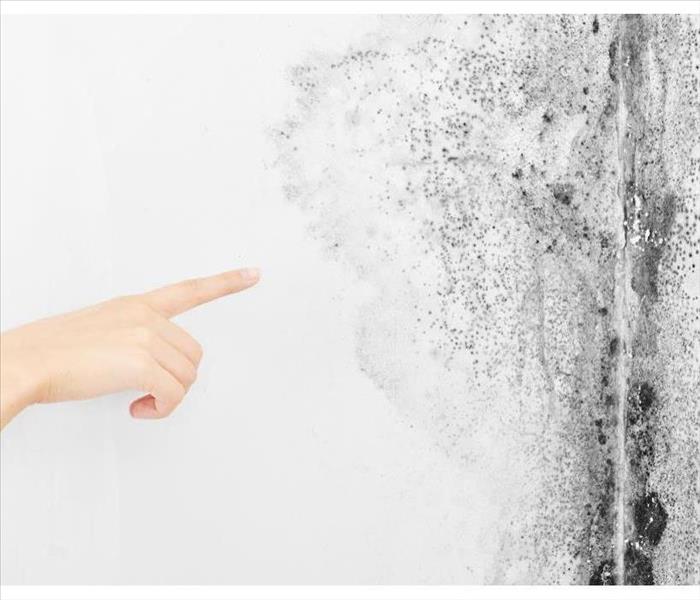Mold vs. Mildew: Everything You Need To Know
11/25/2020 (Permalink)
Here Are Three Ways To Differentiate Between The Two
All homeowners in Boca Raton, FL know that they need to protect their property from mold damage. You can keep fungi out of your home in several ways, such as keeping your house clean, taking care of any water leaks or spills right away and calling a mold mitigation company as soon as you suspect a problem. But how do you know if you are dealing with mold or with its more common cousin, mildew? Here are three ways to differentiate between the two.
1. Check Out Color
One of the first things you may notice about the fungus in your home is its color. Mildew growth tends to be less visually striking, appearing on surfaces as grey or white patches. Mold growth can be many colors, including red or orange, but the type of mold damage found in residential homes is most often green or black.
2. Take a Look at Texture
The texture of the fungus can provide another clue to its identity. Mildew may appear to have more of a powdery, “dusted on” texture, while mold is often slimy, fuzzy, or wool-like. Combined with color, this can lead to a noticeable difference in the appearance of the two types of fungi.
3. Examine the Size of the Growth
Besides color and texture, you can also look at the size of the growth to help determine if it is mold or mildew. Mildew growth generally occurs in a small, distinct area on the surface of objects, while mold growth tends to cover a larger area.
Avoiding mold damage is a high priority for any homeowner. One of the most important steps to protecting your home is knowing exactly what it is you’re dealing with when you spot dark spots or fuzzy substances that weren't there before. Mold and mildew may seem similar, but a visual examination from a safe distance or an assessment from mold removal professionals can help you distinguish between the two.





 24/7 Emergency Service
24/7 Emergency Service
